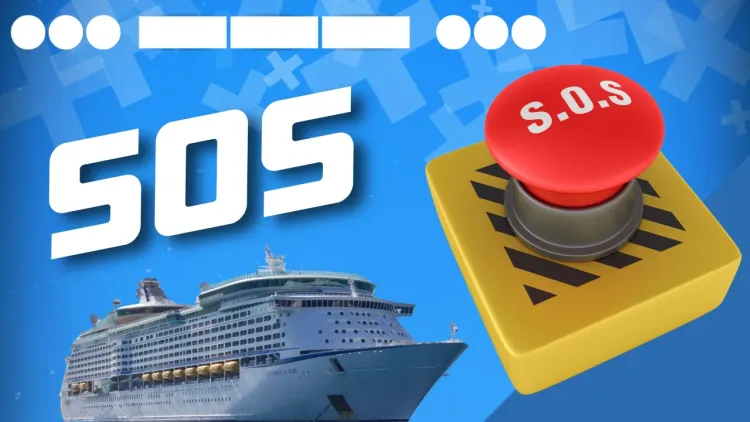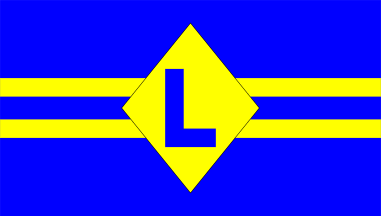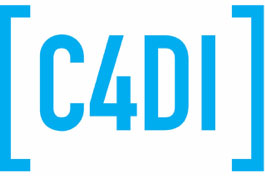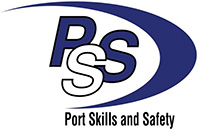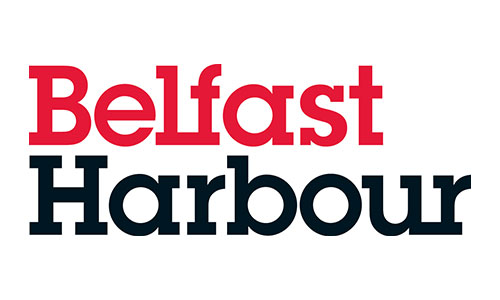The Morse code signal SOS has become an iconic distress call, recognized by people all over the world. The three-letter code, which stands for "Save Our Souls" or "Save Our Ship", is used by ships, airplanes, and other vehicles to indicate that they are in imminent danger and require assistance. In this article, we will explore the history of the SOS signal, its evolution, and its significance in modern times. The succinct DOT DOT DOT DASH DASH DASH DOT DOT DOT is familiar to the most land-luberish of us.
The SOS signal was first introduced in 1905, as a replacement for the earlier distress signal, CQD. CQD, which stood for "Come Quick, Danger", had been in use since 1904, but it was considered outdated and confusing. The need for a new distress signal was highlighted by the sinking of the RMS Titanic in 1912, when the ship's wireless operators sent out CQD and the newly introduced SOS signals in an attempt to summon help.
![[Downloaderla]-63e.jpg](https://api.fathomsafety.com/uploads/Downloaderla_63e_c4507261d3.jpg)
The adoption of SOS as the standard distress signal was a significant development in the history of communication and maritime safety. The signal was simple and easy to remember, with three dots, three dashes, and three dots in Morse code, and it quickly became the preferred method for signalling distress at sea. The use of the SOS signal also reflected the growing importance of wireless communication in the early 20th century, as ships and airplanes began to rely more heavily on radio communication for safety and navigation.
The significance of the SOS signal was further underscored by its use during World War I and World War II, when the signal was used extensively by military vessels and aircraft. During the wars, the signal took on added importance as a means of alerting rescue teams to the location of downed aircraft and sinking ships, and many lives were saved as a result of its use.
The evolution of the SOS signal did not end with its introduction in 1905. Over time, the signal has been modified and adapted to suit the changing needs of communication and transportation. For example, in the early days of aviation, pilots used a modified version of the SOS signal, known as the "SOSAD" signal, which consisted of the letters SOS followed by the letter AD (for "Air Disaster"). The signal was used by pilots to indicate that they were in trouble and required assistance.
In addition to its use in transportation and communication, the SOS signal has also been adopted by other organizations and groups as a symbol of distress or emergency. For example, the signal has been used by the United Nations as a symbol of humanitarian aid, and it is often used by activists and social justice groups to draw attention to important issues.
Today, the SOS signal continues to be an important symbol of distress and emergency, although it has been largely replaced by electronic communication systems. Many ships and airplanes are equipped with electronic distress beacons, which transmit a signal to rescue teams when activated. These beacons are designed to work in remote areas and can transmit a signal even if the vehicle is completely submerged in water.
Despite the rise of electronic communication systems, the SOS signal remains an important symbol of distress and emergency, and it is recognized by people all over the world. The signal serves as a reminder of the importance of communication and safety in transportation and as a tribute to the pioneers who developed and popularized Morse code.
In conclusion, the SOS signal is a symbol of distress and emergency that has become an iconic part of the history of communication and transportation. The signal's evolution and adoption reflect the changing needs of communication and transportation over the past century, and its continued use today serves as a reminder of the importance of safety and communication in our modern world. Whether transmitted through Morse code or electronic communication systems, the SOS signal will continue to be an important part of our global vocabulary and a symbol of hope for those in need.

